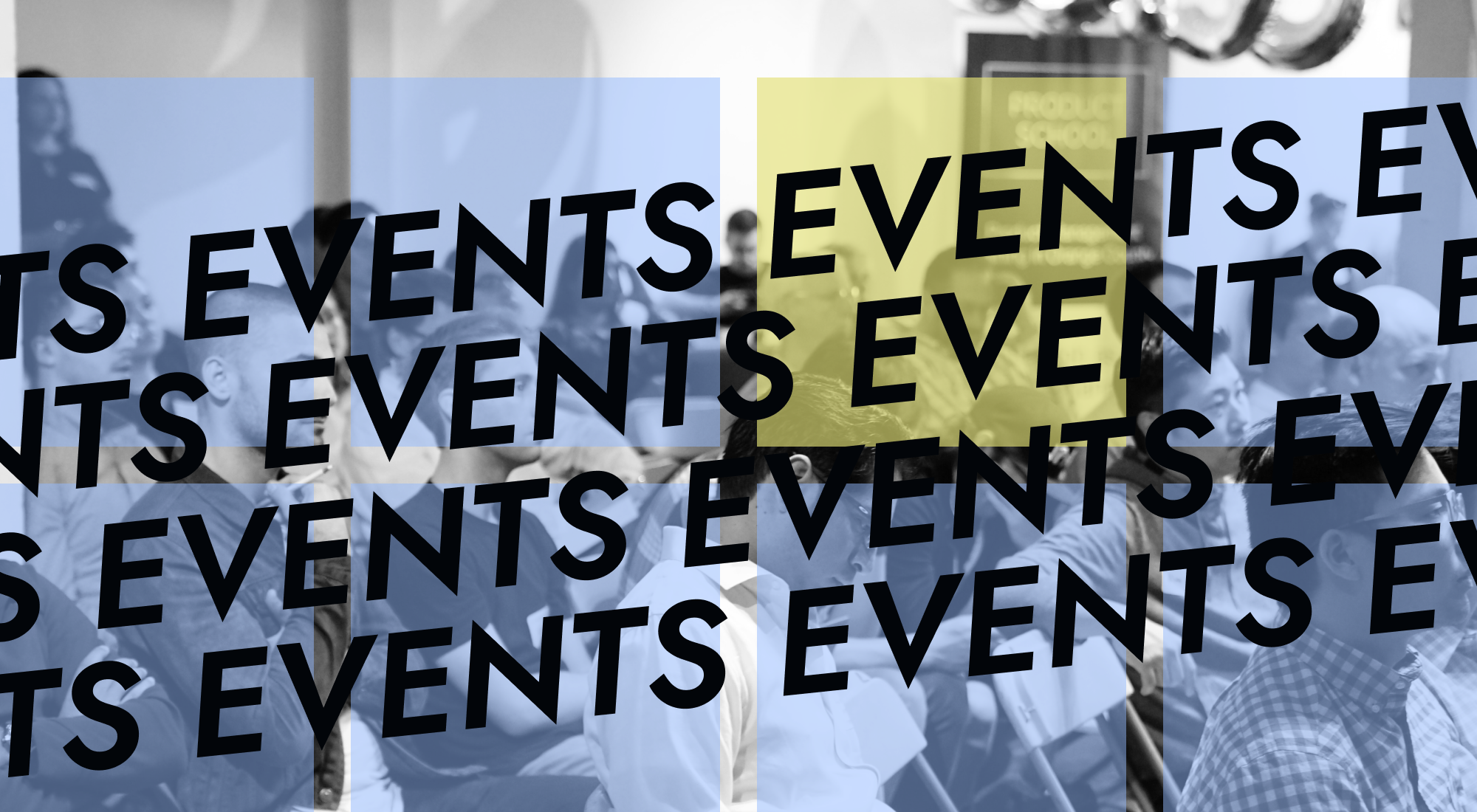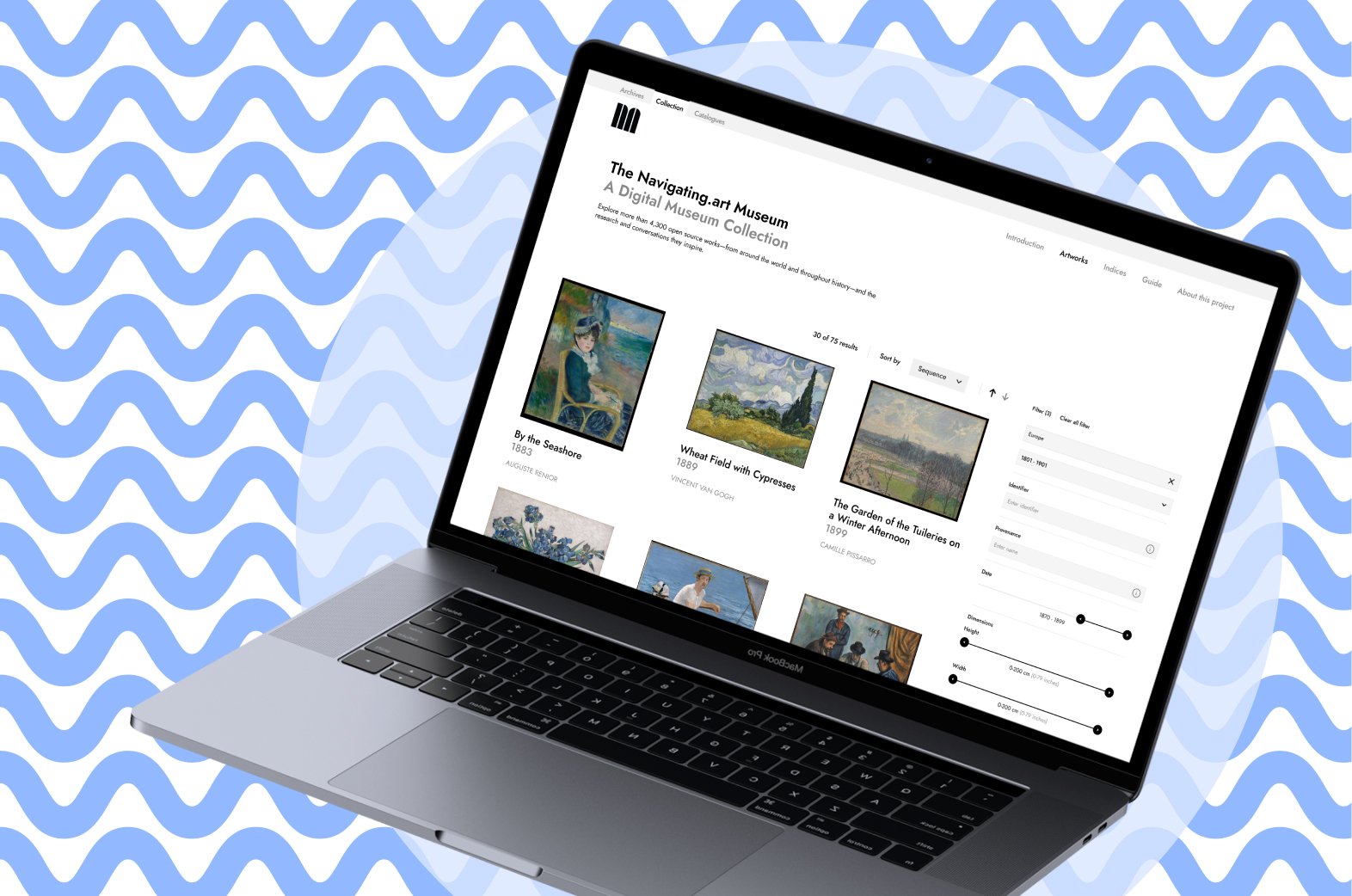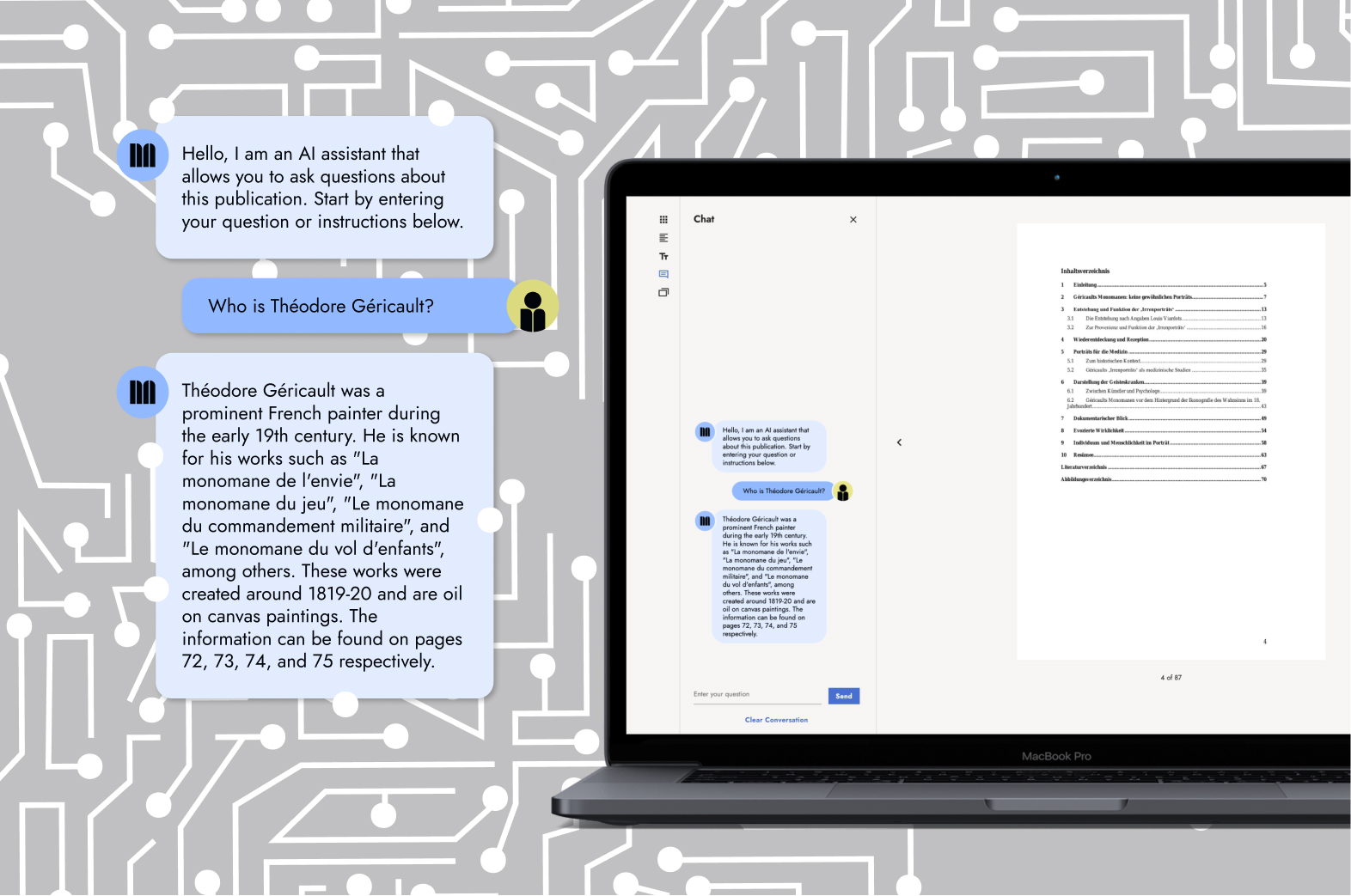How to create a catalogue raisonné team and other FAQs
As a company that supports digital art archival and publication projects with an all-in-one platform, we receive a lot of questions about the creation process. We’ve gathered a few short answers to popular questions. If the short versions are helpful, each answer includes links to in-depth information to help you on your journey.
How to create a catalogue raisonné team
Preserving an artist's legacy and ensuring the authenticity of their work requires diligence, creativity, and organizational skills. A well-rounded team for catalogues raisonnés should comprise:
- Editor: Responsible for ensuring research aligns with established conventions.
- Art conservator: Examines artworks for preservation and authenticity.
- Project manager: Organizes and oversees project progress.
- Researcher: Uncovers documentation and assesses existing literature.
- Technical owner: Selects and maintains digital tools for project needs.
While one person may handle multiple roles, it's essential to cover all aspects. Further guidance on building teams can be found in the complete help center article and the complete guide to developing and publishing a digital catalogue raisonné.
How a digital art portfolio and archive support working artists
Digital art portfolios and archives offer numerous benefits for artists. They simplify the organization of physical archives, save resources, and play a vital role in preserving an artist's legacy. Publishing these portfolios online enhances an artist's market standing by connecting them with buyers who increasingly research and purchase art online. Ecommerce tools can be integrated to facilitate art transactions. Online portfolios open up new markets, reaching a broader audience, particularly appealing to collectors who favor online art purchases and are more likely to research artists online. These digital records of an artist's career lead to better opportunities, from prestigious art show invitations to funding pledges, serving as invaluable investments. Digital portfolios and archives are cost-effective and adaptable, eliminating the risk of becoming obsolete as new works and research emerge. They provide control over an artist's narrative and protect their intellectual property, ensuring proper accreditation and compensation.
Navigating.art facilitates the creation of professional digital portfolios, offering features to capture and preserve an artist's life's work. These materials can be transformed into comprehensive, shareable digital portfolios, enhancing an artist's online presence.
For more information on digital portfolios and archives, read the full help center article or read the extended guide.
11 suggestions to alleviate challenges when cataloging art
Cataloging an oeuvre or an art collection can be an overwhelming task. We’re here to help. These tips can help you plan for a smooth and efficient process.
- Begin now: cataloging all of your data can seem intimidating, but that’s why beginning now is essential.
- Understand your collection at the start: Every art collection and artist's estate is unique, and it’s helpful to get an overview of it before starting to catalog.
- Software: Ensure your digital tools have the features you need to record your collection and present it to the public.
- High-quality scans: If you haven’t already, create high-quality scans and images of the archival resources and artworks.
- Data input: Take enough time to record all available information — even when it feels like too much information — to ensure you’re creating a valuable contribution.
- Standard vocabulary: A uniform vocabulary that describes information creates data that can be used across tools and institutions.
- Hierarchical structure: When your archive has a hierarchical structure and it's consistently used, resources become easy to organize and relocate.
- New information: Add new information as it’s discovered — don’t wait until the research is finished before beginning to input it.
- Data linking: Linking data allows researchers to examine associated resources to discover overlooked connections easily.
- Reports: Custom reports help you edit and keep track of progress.
- Sharing your collection: Cataloging art information is important, but making it available brings the true reward.
Read more about each tip in the help center article, 11 tips for cataloging art collections


